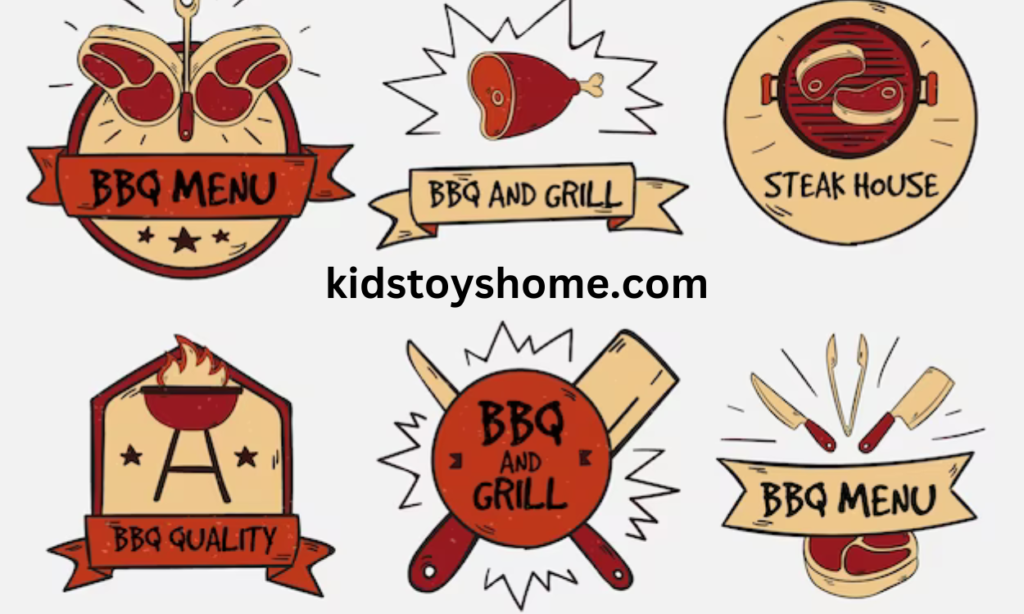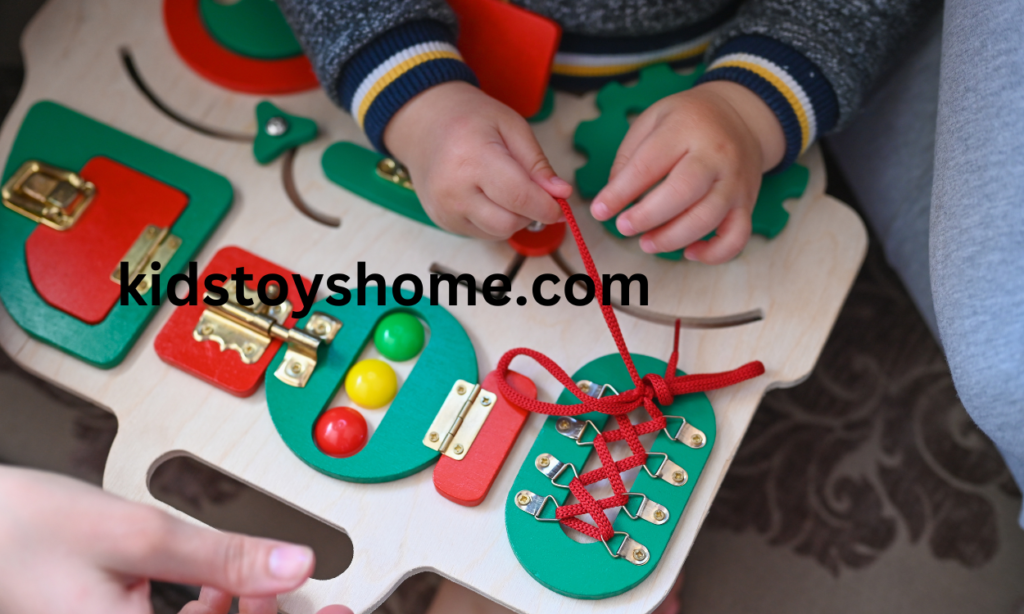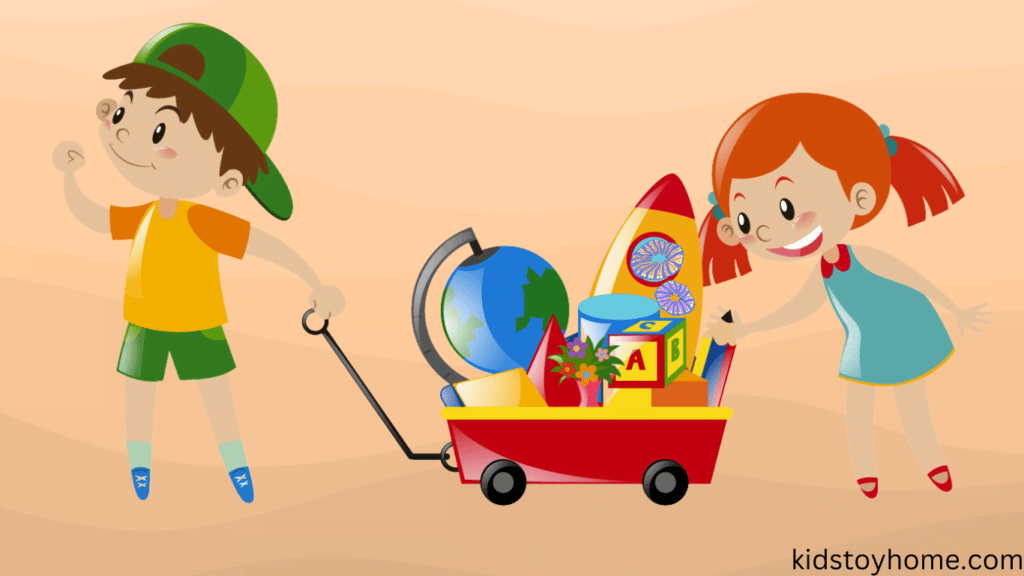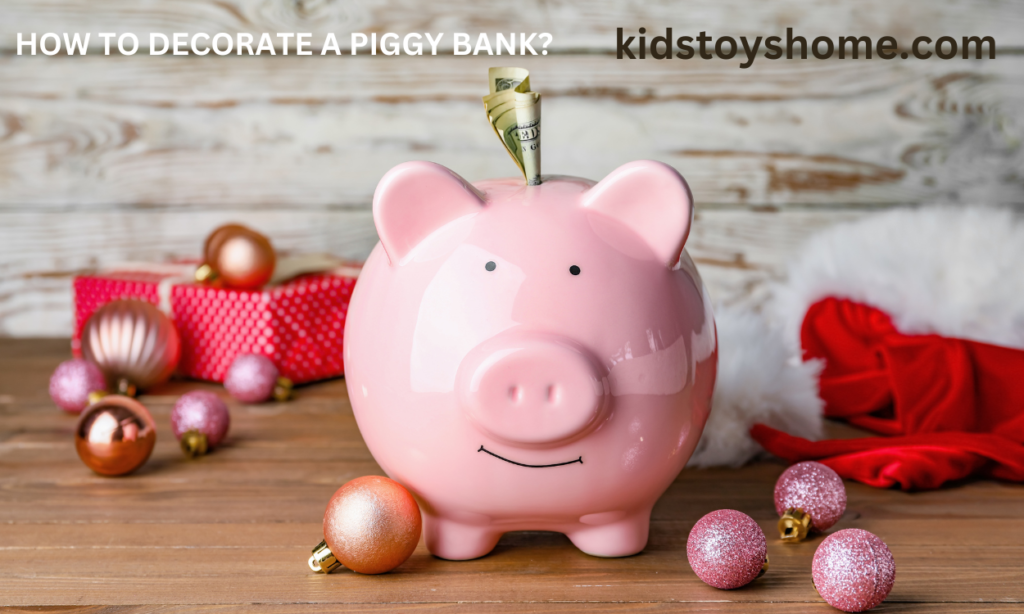A Lap Book is a creative and interactive tool used primarily for educational purposes. It comprises a file folder or a series of connected file folders, designed to provide a hands-on approach to learning.
Inside, you’ll find mini-books, flaps, envelopes, and other tactile elements that contain information about the subject matter. Each component of the Lap Book allows for exploration and investigation, making it an ideal tool to engage students in a range of subjects.
Whether it’s history, science, literature, or math, Lap Books aid in reinforcing the subject content, providing a fun and engaging way to review and present material.
Benefits of Using a Lap Book
Lap books offer several benefits that make them an appealing tool for any subject. For starters, they provide a hands-on learning experience, which is known to enhance understanding and retention. The process of creating a lap book involves cutting, pasting, and writing, all of which engage different faculties of the mind, fostering active learning. Furthermore, lap books cater to diverse learning styles, making them ideal for visual, auditory, and kinesthetic learners. The spatial arrangement of information helps visual learners, the narrative aspect appeals to auditory learners, and the hands-on nature is perfect for kinesthetic learners. Lastly, the versatility of lap books makes them adaptable to any subject, be it science, math, history, or language arts, making them an integral part of the holistic learning process.
Where to Find Lap Books
Finding lap books for any subject can be an easy task if you know where to look. Several online platforms, such as Teachers Pay Teachers, offer a wide array of lap books on diverse topics. You can find lapbooks tailored to different grade levels and subjects. Amazon is another resource where you can find premade lap books. In addition, websites dedicated to homeschooling, like Homeschool Share, often provide free lap book templates and resources. Remember, when choosing a lap book, ensure that it aligns with your intended learning outcomes and caters to the learning style of the student.
Different Types of Lap Books
Lapbooks are a fun and interactive way for students to learn and showcase their knowledge on a specific topic. These multi-layered mini-books are designed to fit onto a student’s lap, and can be used as a hands-on way to study a wide variety of subjects. From science and history to language arts and math, there are many different types of lap books that can engage and inspire young learners. In this article, we will explore the various types of lap books and how they can be used in the classroom to enhance learning and comprehension.
Mini-Books
A Mini Lap Book is a compact version of a standard lap book, designed to focus on a single concept or topic. Despite its smaller size, it offers a versatile and engaging learning tool that can be used within any subject area. This type of lap book typically consists of a single folder, folded in a way to create a small, book-like structure. Inside, you can include flaps, pop-ups, and mini booklets—each of which can contain snippets of information, graphics, or interactive elements pertaining to the learning topic. This concentrated approach makes Mini Lap Books ideal for exploring subtopics within a broader theme, or for use as a revision tool to reinforce key learning points.
File Folders
There are various types of lap book file folders that one can use when creating a lap book for any subject. The standard single-fold file folder is the most common type. It simply involves taking a standard-sized file folder and folding it into thirds. This creates a small book with a front and back cover and two interior pages.
Another variant is the double-fold file folder, where two file folders are used, one inserted into the other and then folded into thirds. This gives you twice as much space for your lap book project.
Then there is the complex multi-folder lap book, which involves using multiple folders, each folded and then attached. These are great for extensive projects and can contain several mini-books, lift-the-flap charts, and other interactive elements.
Whichever type of file folder you choose for your lap book, always remember that the key is to create an engaging, interactive learning tool tailored to the subject matter at hand.
Glue Sticks
Glue sticks are essential adhesive tools commonly used in schools and offices. They are available in various sizes, including standard (8-gram) and jumbo (40-gram) options. The essential features of glue sticks include non-toxic, smooth application, and quick-drying properties. They are used for paper, cardboard, photos, and some fabrics. Glue sticks offer a mess-free and convenient alternative to liquid glue, making them popular in schools for arts and crafts projects. In offices, they are used for document assembly and other paper-related tasks.
To properly use glue sticks, simply remove the cap and twist the base to expose the glue. Apply a thin and even layer onto the desired surface, then press the items together. To extend their shelf life and prevent drying out, store glue sticks in a cool, dry place with the cap securely fastened. Avoid exposing them to extreme temperatures or direct sunlight, which can cause the glue to dry out.
In conclusion, glue sticks are versatile and convenient adhesive tools commonly used in schools and offices. By following proper use and storage guidelines, their shelf life can be extended, ensuring they remain effective for a longer period.
Flap Books
Lap books offer an interactive way to compile information about any subject, and this versatility is further enhanced by the different types of flap books you can incorporate in them. Three-Flap Books are quite popular, providing three separate sections for information. These are ideal for categorizing content into three related ideas or concepts. Shutter Flap Books, on the other hand, open out like a pair of shutters and can be used to contrast two ideas or to hide and reveal information. Matchbook Flap Books resemble a matchbook and are excellent for sequencing information or for explaining steps in a process. Lastly, Layered Books have multiple flaps stacked on top of each other, providing a hierarchical arrangement of information. Depending on the subject matter, you can choose one or combine multiple types of flap books to make your lap book more engaging and informative.
Tips for Homeschool Moms Who Use Lap Books
For homeschooling moms who choose to use lap books for their curriculum, here are a few tips to enhance the learning experience and make the process smoother.
- Plan ahead: Decide on the topic and structure of your lap book before you begin. Think about the main objectives for your child and what you want them to learn.
- Stay organized: Keep all your resources such as printable mini-books, colored pencils, glue, and scissors, in one place. A well-organized workspace can save time and reduce stress.
- Incorporate hands-on activities: Lap books are a great tool for engaging children in hands-on learning. Include activities that allow them to cut, paste, fold, and color. These tasks not only help in improving their fine motor skills but also make learning more enjoyable.
- Allow for personalization: Encourage your child to personalize the lap book with their drawings, stickers, or other creative elements. This can increase their engagement and ownership of the project.
- Use it as a review tool: Once completed, lap books serve as an excellent review tool. Your child can revisit the book for a quick recap of the topic anytime they want.
Remember, the main aim is to make learning fun and interactive for your child. With planning and creativity, lap books can be a great addition to your homeschooling resources.
Creating the Base of Your Lap Book
To create the base of your lap book, start by taking a manila folder and folding it in half to create the outer cover. Use colorful cardstock to decorate the front and back cover, while also creating additional pages or pockets inside the folder. The cardstock can be used to add flaps, smaller booklet inserts, or pockets to hold extra information or interactive elements.
It’s important to let go of perfectionism in this process and allow the child to take the lead in decorating and assembling the lap book. Encourage them to express their creativity and personalize the book to their liking.
There are many free templates available online for creating lap books. Websites like Teachers Pay Teachers, Education.com, and Pinterest offer a variety of templates for different subject areas and themes. These templates can provide guidelines for the layout of the pages and pockets, making the process easier for both the child and the adult assisting them.
By using manila folders, cardstock, and free templates, creating the base of a lap book can be a fun and engaging activity for children, while also being a valuable learning tool.
Finding Ideas and Resources for Making a Lapbook
Uncovering ideas and resources for creating a lapbook can be an enjoyable and educational endeavor. Begin by identifying the subject matter of your lapbook. This can be a specific topic in science, history, literature, or even an overarching theme that spans across multiple subjects. Once your subject is chosen, you can start gathering information and materials.
Look for resources in textbooks, online websites, educational videos, and even interviews with experts in the field. Libraries are also treasure troves of information that can be used in your lapbook. For visual elements, consider clip art, drawings, diagrams, and photographs related to your topic. You might also incorporate interactive elements like mini-books, pockets, and flaps to hold additional information.
You can find printable templates for these interactive elements on several educational websites. Websites like Pinterest and Teachers Pay Teachers are also rich resources for lapbook ideas and materials. Remember, the goal is to create a comprehensive, visual, and interactive resource that makes learning about a subject engaging and enjoyable.
Purchasing Kits or Pre-Made Pieces for Your Lapbook
There are several resources available for purchasing kits or pre-made pieces for your lapbook. Books on lapbooking, online websites, and homeschool conventions are great places to find these resources. Websites like ChristianBook.com offer free templates and inexpensive downloads for lapbook materials. They have a wide variety of pre-made pieces and kits to choose from, including thematic sets for different topics and subjects.
In addition to online resources and books, it’s also helpful to look for reader-submitted photos for inspiration for your own lapbook designs. Many homeschooling communities share their lapbook creations online, and you can use their designs as a starting point for your own unique projects. Pinterest and other social media platforms are great places to find inspiration and ideas for your lapbooks.
With a little bit of searching and creativity, you can find plenty of resources for purchasing kits or pre-made pieces for your lapbook. Whether you prefer to buy ready-made materials or create your own from free templates and inspiration, there are plenty of options available to help you make your lapbook a success.
Making Larger, More Dynamic Lapbooks
Lapbooks are a popular educational tool for hands-on learning and creative expression. To create larger, more dynamic lapbooks, consider using multiple file folders to expand the space for content. Incorporating interactive elements like pull-out tabs and flaps can add a fun and engaging dimension to the lapbook. Utilizing a variety of paper manipulatives and printables, such as pockets, mini-books, and pop-ups, can also enhance the visual appeal and interactivity of the lapbook.
There are numerous resources and websites that offer templates, ideas, and inspiration for creating more elaborate lapbooks. Websites like Teachers Pay Teachers, Homeschool Share, and Pinterest provide a wealth of free and paid templates for different lapbook designs. Additionally, exploring crafting and scrapbooking websites can offer creative ideas and techniques for incorporating interactive elements into the lapbook.
By incorporating these methods and materials, educators and students can create larger, more dynamic lapbooks that encourage exploration and creativity. Whether for homeschooling, classroom projects, or personal expression, these resources and techniques can help elevate the impact and educational value of lapbooks.
Conclusion
In conclusion, Lap Books serve as an exceptional tool in the educational landscape, providing an engaging, interactive, and hands-on approach to learning. They are highly versatile, catering to a variety of learning styles and adaptable to any subject matter.
Teachers and homeschooling parents can leverage the array of online resources to create these dynamic learning tools, whether crafting from scratch or utilizing pre-made kits and pieces. The act of creating a Lap Book encourages active learning, incorporating a mix of cutting, pasting, and writing activities, while the finished product serves as a valuable reference and review tool. Furthermore, Lap Books open up opportunities for personalization and creativity, fostering a deeper connection between students and the subject matter.
As we move towards a more inclusive and diverse educational environment, tools like Lap Books continue to play a pivotal role in shaping effective, enjoyable, and comprehensive learning experiences.
FAQs
Q1: What is a Lap Book?
A: A lap book is an interactive and creative project that allows students to display information about a subject in a unique and engaging manner. It usually consists of various mini-books, flaps, and other elements that students can manipulate to learn and demonstrate their understanding of the topic.
Q2: What materials do I need to create a Lap Book?
A: To make a lap book, you will need a file folder, various types of paper (cardstock, construction, etc.), a glue stick, colored pens or markers, and scissors. You may also want to include other materials such as stickers, stamps, or photographs to enhance the visual appeal.
Q3: How do I start making a Lap Book?
A: Start by selecting a subject and gathering information on it. Then, fold your file folder into a lap book shape and sketch out where you want your mini-books and other elements to go. Once you have your layout, create your mini-books and other elements, write in your information, and then glue everything into place.
Q4: Can I make a Lap Book for any subject?
A: Absolutely! Lap Books can be made for any subject, from history to science to literature. They can even be used to illustrate processes, such as the life cycle of a butterfly, or to break down complex concepts into more digestible parts.
Q5: How can I use a Lap Book in my learning?
A: Lap Books can be used as a study tool, a project presentation, or a way to review and consolidate what you’ve learned. They promote active involvement in the learning process and cater to different learning styles. They’re also a great way for students to practice their organizational and creative skills.





